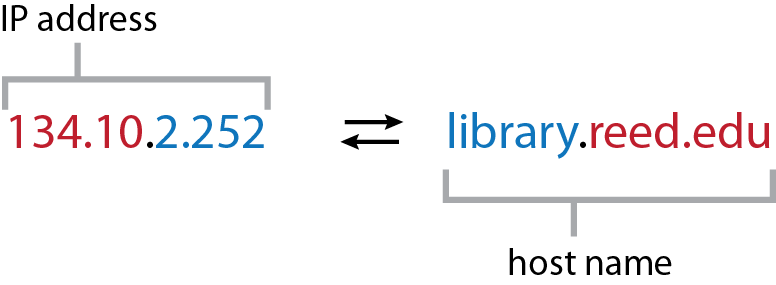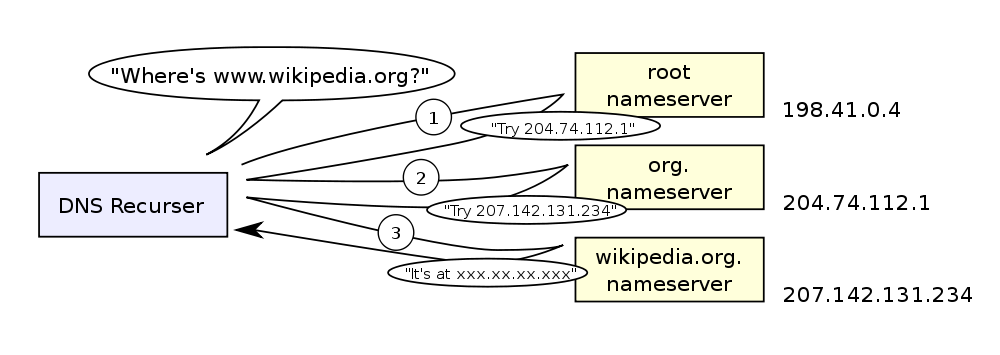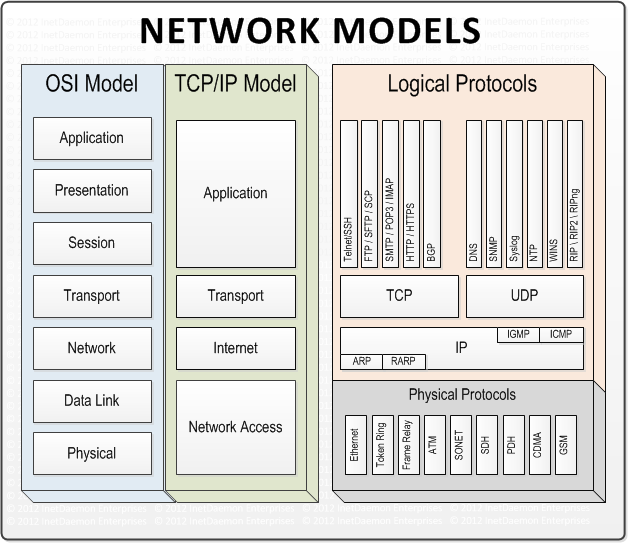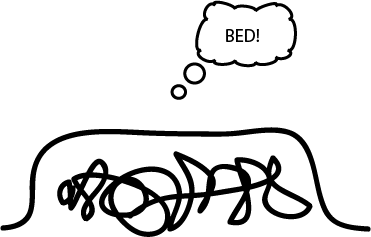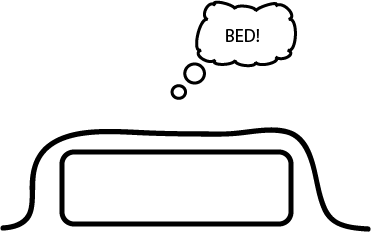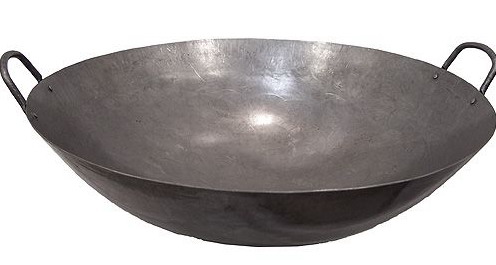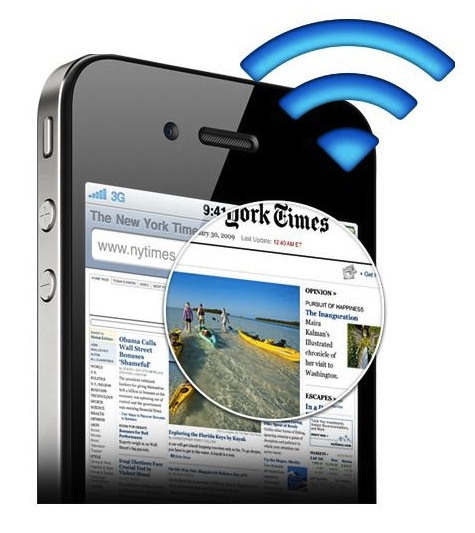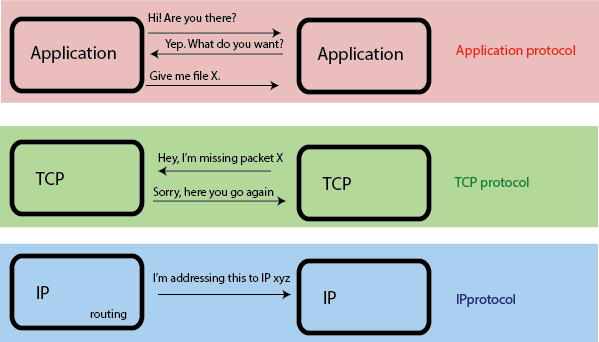IP address
Every device connected to the Internet has at least one unique IP address. The IP address has two parts - the network address and the host address. (How you split the IP address into network and host is a bit tricky for humans to do...)

Q: What has more than one IP address?
Notes
